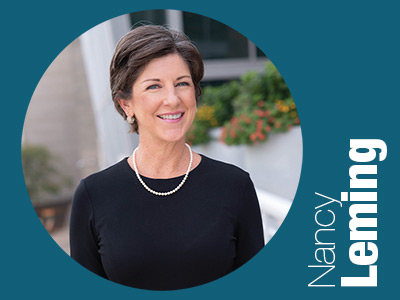Clarity, Strategy, Legacy The Power of Private Banking
July 23, 2025
In an increasingly complex financial world, high-net-worth clients and their families, business owners and executives, and professional services leaders are looking for more than one-off financial transaction.




